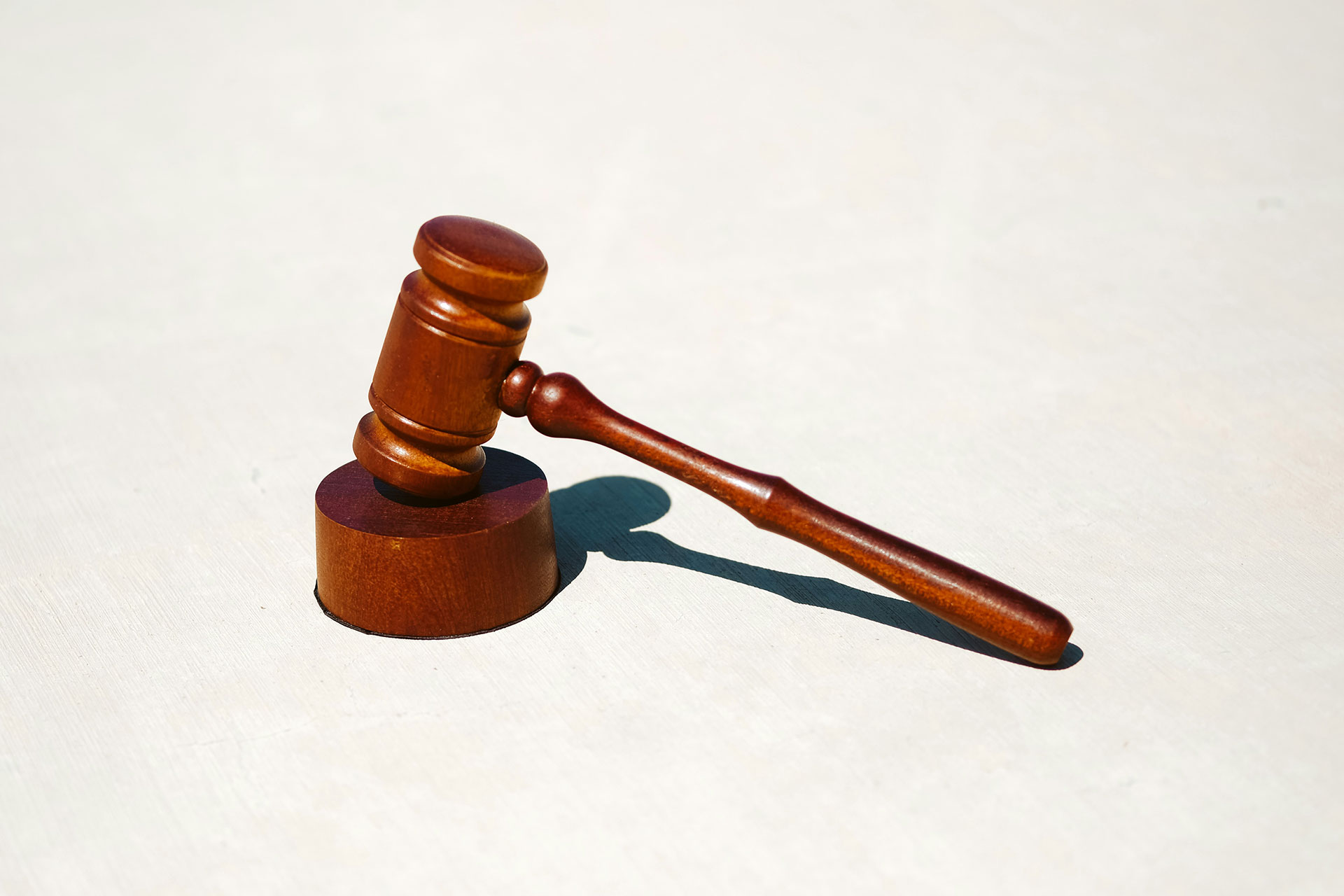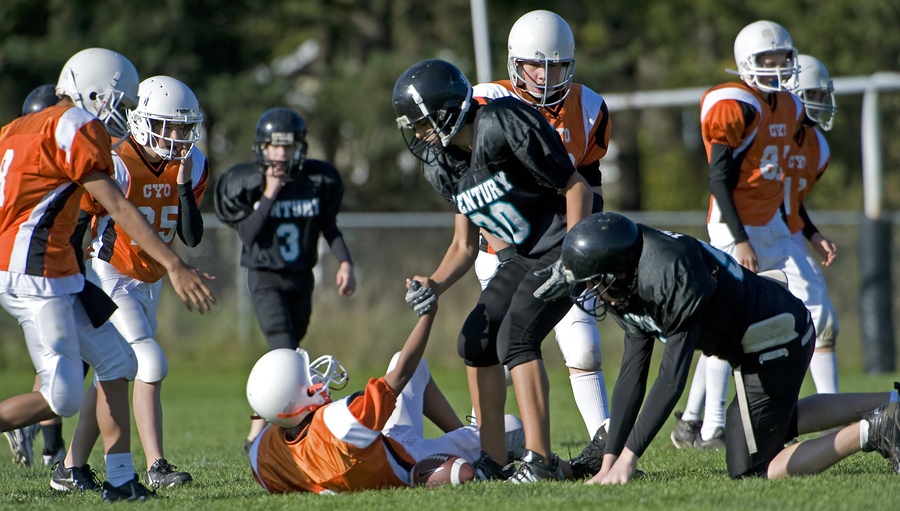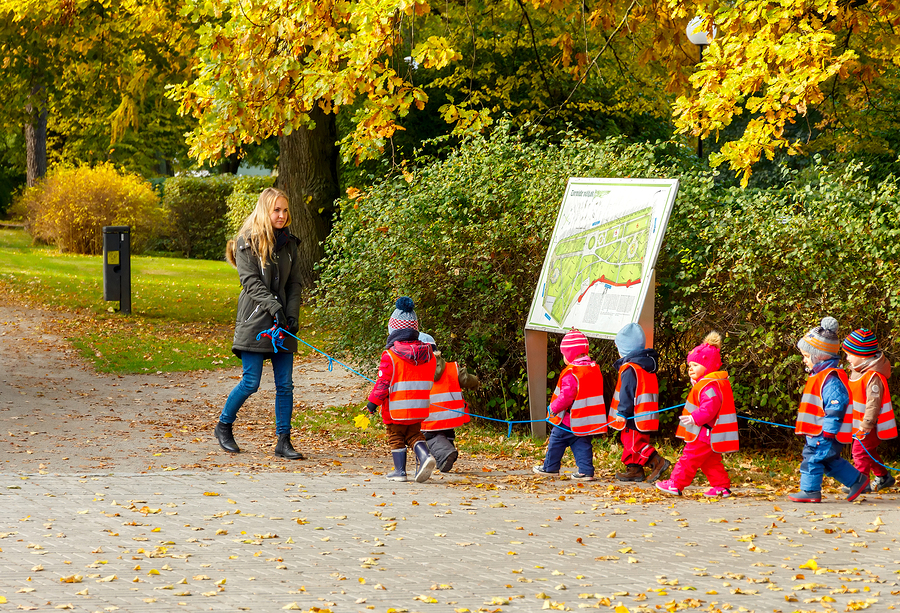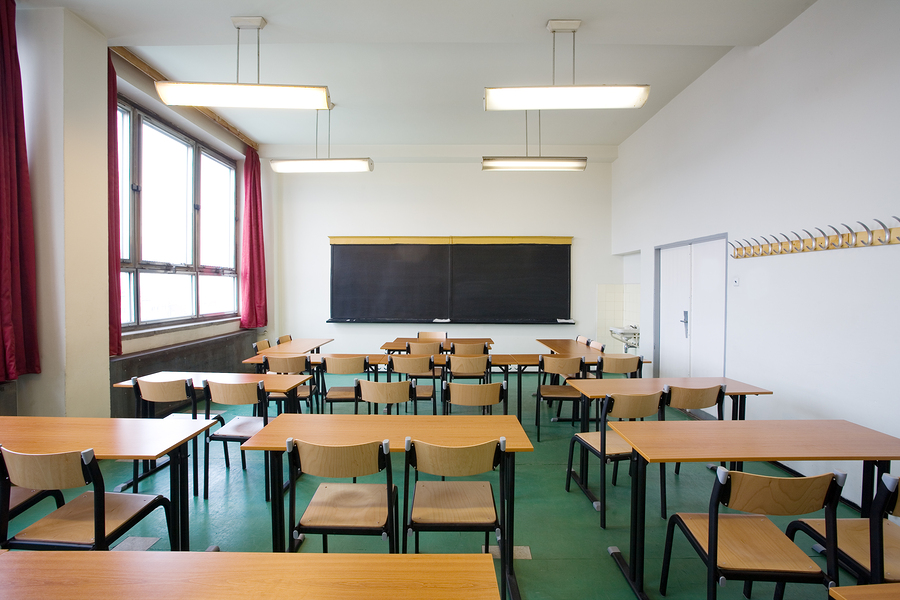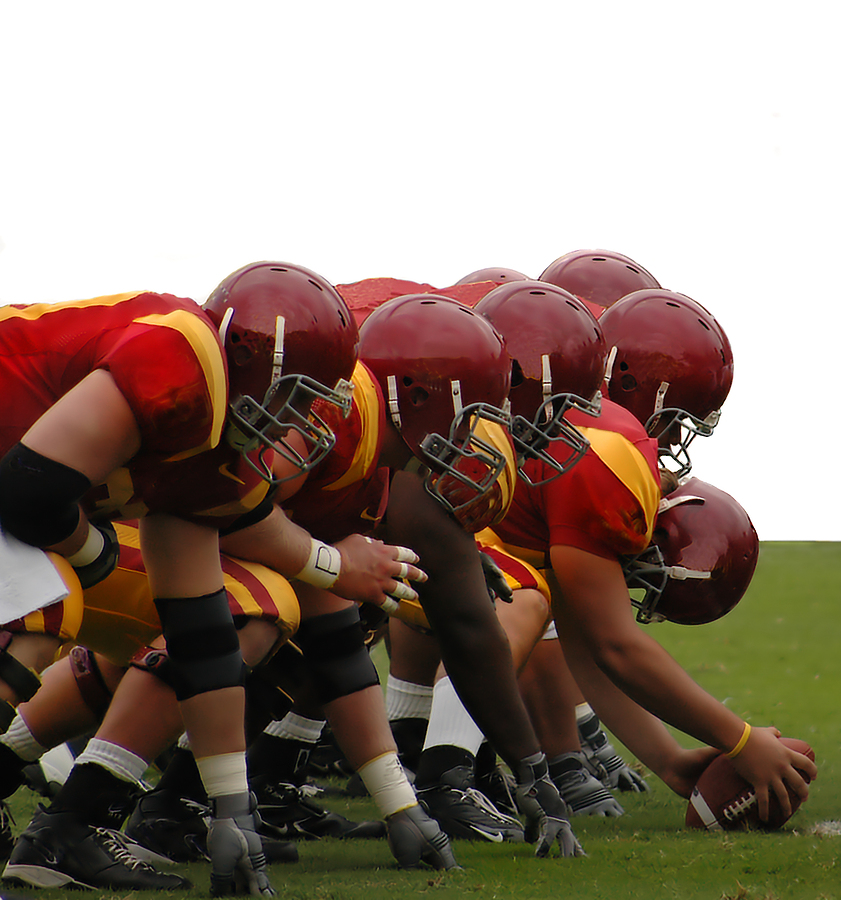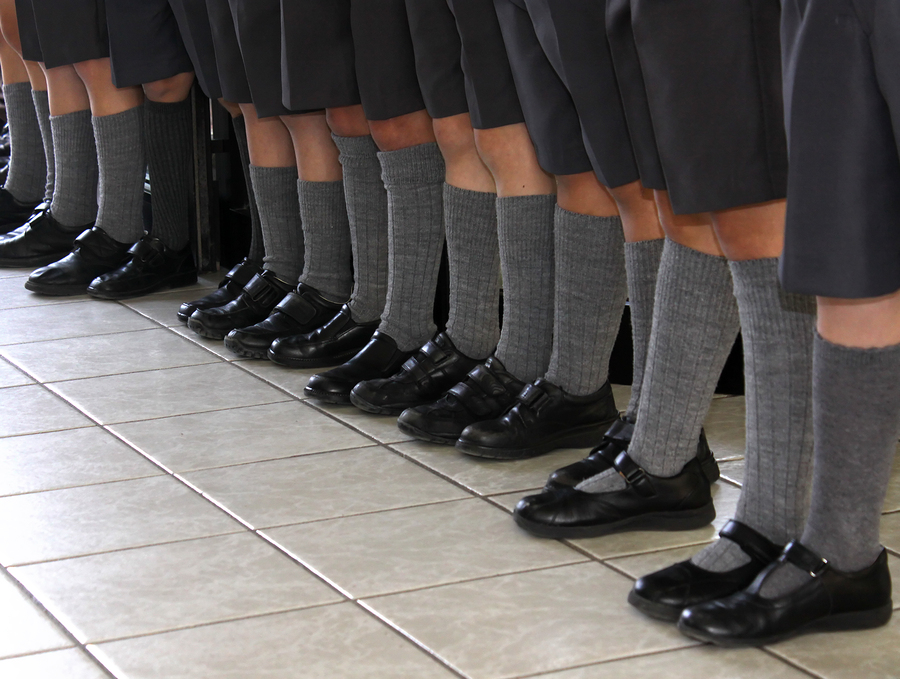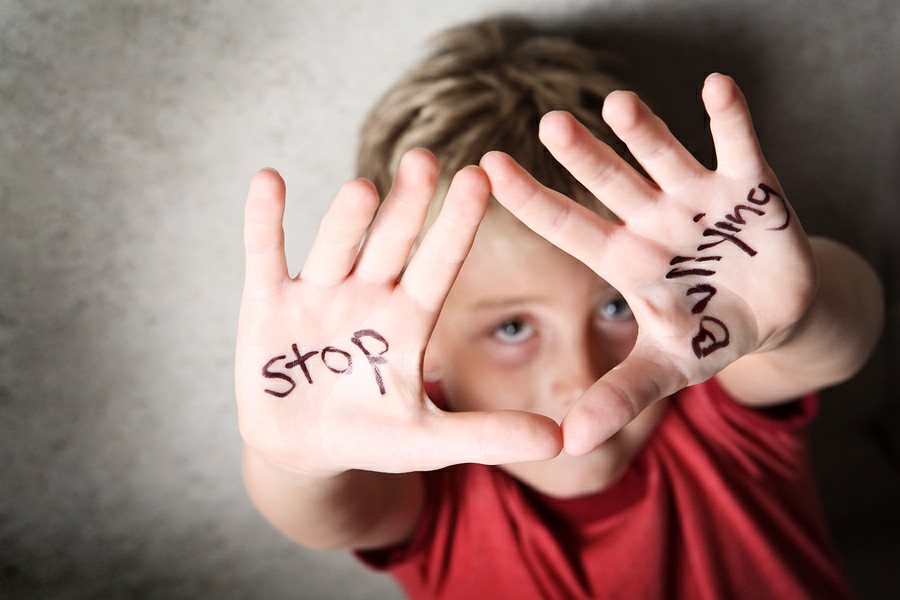Post-Election Hostile School Environment: Protecting Students from Bullying and Harassment
Schools, including K-12 schools, colleges, and universities, have a responsibility to protect their students from harm. Harm includes the inability to benefit fully from education as a result of being in a hostile school environment. The politically motivated rhetoric and actions seen in schools during and after the presidential campaign...



